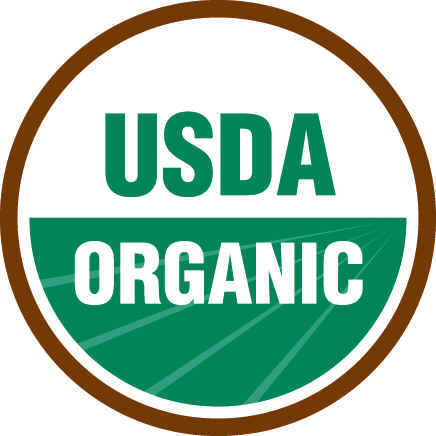It takes a group of focused and concerned people such as those at the Cornucopia Institute, a Wisconsin-based food and farm policy group, under the leadership of Mark Kastel (CEO) to catch wind of some of the many unethical tactics employed by food companies.
While it is common knowledge that cereal companies, for instance, use aggressive marketing techniques to attract children to the appearance of a sugary box of cereal, it appears that marketing products as “natural” is very easily confused with the term “organic” by consumers. As regulated as the food industry is, certain issues can fall under the radar and this is just one of many such instances of intentional misinformation on the part of food companies.
In the 1990′s, as people became more and more concerned with where their food was coming from and the ingredients in it, the USDA introduced the definition of terms being used by food manufacturers. The terms “organic,” “natural,” “hormone free” and “free range” were among those terms.
The USDA has defined the word “natural” to mean that the product must not contain any artificial ingredients or added colors and that it is minimally processed. Furthermore, so that consumers are not misled by the claim “natural”, the label must be clear about this by indicating that it is minimally processed. Although this label is an important step in the right direction, many consumers are more concerned about what the natural label does not mean.
According to the USDA, to be certified and eligible for an organic seal, food must be produced without using most conventional pesticides or fertilizers made with synthetic ingredients or sewage sludge. It must also be free from bioengineering or ionizing radiation. Organic meat, poultry, eggs and dairy products must be free of antibiotics and growth hormones. The difference between natural and organic has become emphasized in recent years with the increased popularity of organic products. Some claim that labeling products all natural or 100 percent natural can confuse consumers who think of the terms as synonymous.
“Natural doesn’t have any regulatory meaning while organic does,” said Marion Nestle, a nutrition professor at New York University.
Use of the term “natural” can be quite vague. For example, animal products raised with the use of artificial hormones can be labeled natural. So can genetically modified organisms. Would you call those products natural? Genetic modification is certainly a far cry from natural. Most importantly, natural does not mean organic, although many companies would like consumers to think it does. The organic food label has a strict set of requirements, policies, and procedures that must be followed for certification. These requirements are much more explicit and in depth than the few sentences used to define “natural.”
Recently, the Cornucopia Institute filed a complaint with the Federal Trade Commission against Hearthside Food Solutions, makers of Peace Cereal. It claims the company promotes its cereals as being made with pesticide-free ingredients when they’re not, by using the term “natural”. Cornucopia and others argue it’s an example of the way some food manufacturers try to attract customers who may think that buying natural means they’re buying organic.
Now here is the “bait and switch”. This same cereal was previously organic until it was quietly switched to conventional ingredients. Similarly, Dean Foods, makers of Silk soymilk (which no one should be drinking at all but that is another argument for another day) quietly changed its main product line from organic to conventional in 2009, and it did so without changing its UPC or product labeling. This and several other cases of organic confusion have spurred the Cornucopia Institute to petition the U.S. Department of Agriculture’s (USDA) National Organic Standards Board (NOSB) to update its organic requirements in order to preserve the integrity of the organic name.
The Cornucopia Institute wants companies to own up to any changes they make in the ingredients of a product and change the labels and packaging to reflect that. They want manufacturers to change the barcode in order to insure that all distributors and retailers are aware that the product has changed and by extension for them to make the consumer more readily aware of any changes.
Customers are also urged to carefully inspect all products labeled organic on store shelves to ensure that they bear an official seal of organic certification on their packaging. Even if packaging looks the same or similar to what it was before, if it does not contain the official USDA organic seal, then it is no longer organic. Don’t be fooled by tricky marketers. Their job is to sell product. Here’s a solution. Look for the organic seal when you intend to buy organic. Better yet, buy foods with as few ingredients as possible and create fewer opportunities for getting fooled.
